Dr. Samuel Mudd House Museum
Home of the physician who set the leg of John Wilkes Booth after the Lincoln assassination.
On the night of April 14th, 1865, John Wilkes Booth shot President Abraham Lincoln at Ford’s Theater, jumped off a balcony and broke his leg. As Booth galloped through Maryland in escape, his first stop was at the house of Dr. Samuel Mudd. As to what happened beforehand, and what happened next, there is some disagreement on the details—not just between historians and Civil War scholars, but also descendants of the Mudd family to this day.
Dr. Samuel Mudd was a Southern sympathizer during the Civil War, and in addition to his medical practice, he owned several slaves to work the small tobacco farm on his property. Maryland was of divided loyalties during the conflict and Mudd’s position was not uncommon. Although the majority of Maryland’s population had loyalties to the Union, the wealthy and landed class who made up the state legislature spoke openly of secession, and votes to join the Confederacy were suppressed by martial law from the federal government.
Mudd and John Wilkes Booth had met several times before the eventful days in April of 1865. In November and December of the previous year, Booth inquired around the area about properties that were for sale. This was a ruse, however. His true intent was to scope out the area to plan future escape routes. During one of these visits, Booth likely even spent the night at Mudd’s farm as a guest. In late December 1864, Mudd was in Washington, D.C. on business and met for drinks with Booth and fellow conspirator John Surrat. According to another conspirator in Lincoln’s assassination, George Atzerodt, Booth told Mudd of his plans and tried to convince him to join but was turned down. The Mudd family disputes much of this, but agrees that Mudd and Booth had at least met in passing over the proposed real estate purchases.
Mudd set Booth’s broken leg on the morning after the assassination, and later that day traveled to nearby Bryantown to run some errands and find a carpenter who could make a set of crutches for Booth. While in town, Mudd was told about the assassination of Lincoln and heard that police were looking for two fugitives. When Mudd returned to his home the two assassins had already continued their escape or were urged to leave by Mudd, depending on whose account you believe. It wasn’t until the next day that Mudd sent word to Union troops stationed nearby that fugitives they were searching for may have passed through.
Mudd was interrogated by authorities and initially claimed that he had never met Booth before setting his broken leg. This was quickly disproven and he was placed on trial as a co-conspirator in the assassination of President Lincoln. A jury found him guilty and sentenced him to life in prison at Fort Jefferson in Dry Tortugas, Florida, a military fort converted into a prison on an island 70 miles off the coast of Key West.
Despite a failed escape attempt shortly after arriving, he settled into prison life and was employed in the prison carpentry shop. In 1867, a yellow fever epidemic swept through the prison, killing both prisoners and guards. The prison’s doctor fell victim to the epidemic and Mudd agreed to take the position and subsequently saved most of the prison’s population. In part due to this, he was pardoned by President Andrew Johnson in 1869 and returned to his home and resumed his medical career, living a mostly private life and dying of pneumonia at age 49 in 1883.
Since his death, his family has actively but largely unsuccessfully attempted to clear Mudd’s name. Despite their claims, it seems pretty evident that although he was not an active participant in the conspiracy to assassinate Abraham Lincoln, he was at least aware of the plot and didn’t report Booth and Harold’s visit to the authorities until they had a considerable head start.
Today, Mudd’s house is privately owned but open to the public as a museum about Mudd—offering an opinion and history of events that are favorable to Mudd and his family’s position. While the focus of the museum is on Dr. Samuel Mudd, there are also displays on the evolution of farming practices and equipment and a history of Civil War activity in the nearby Zekiah Swamp.
Know Before You Go
The museum is open between late March and late November each year on Wednesdays, Saturdays, and Sundays.
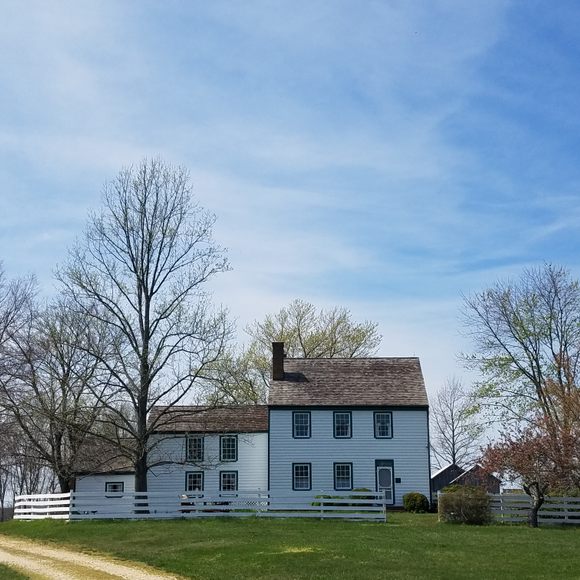



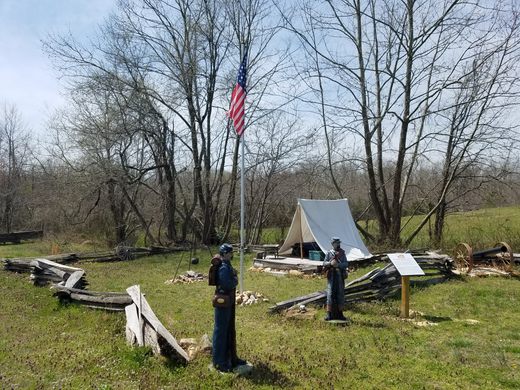

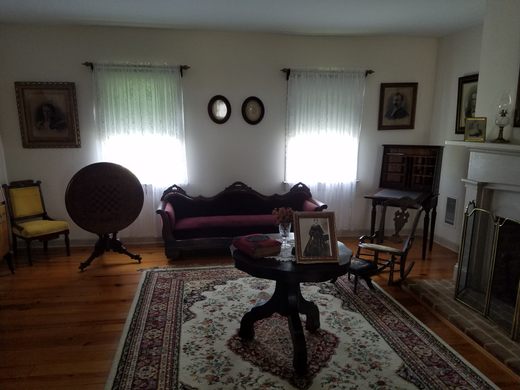



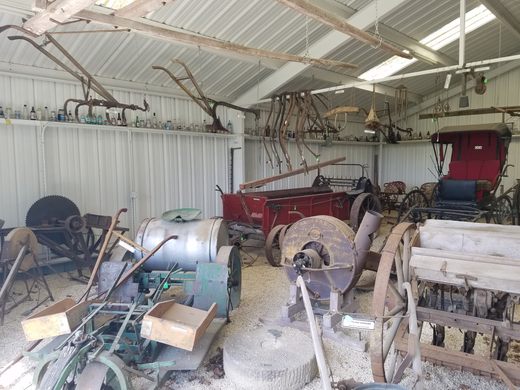














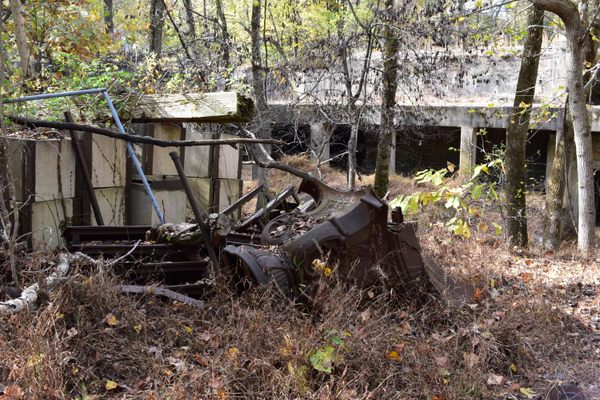
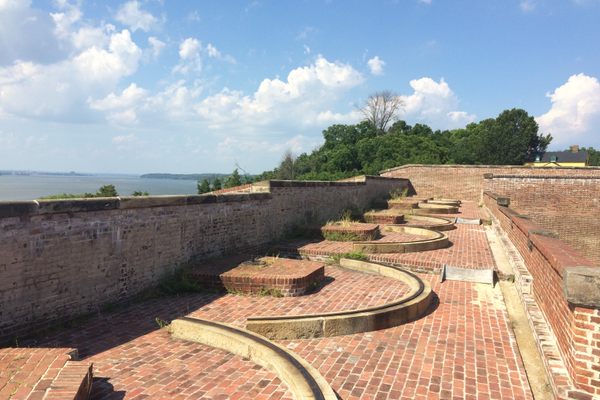


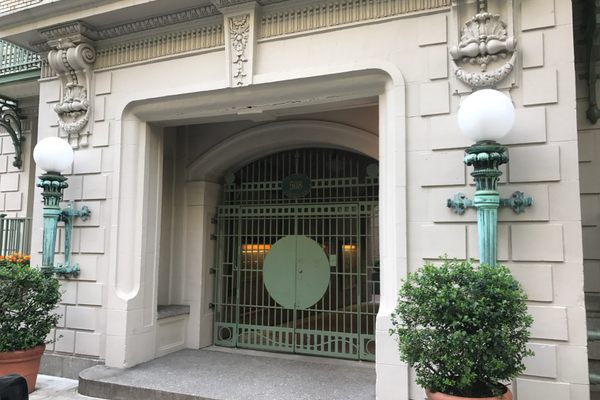


Follow us on Twitter to get the latest on the world's hidden wonders.
Like us on Facebook to get the latest on the world's hidden wonders.
Follow us on Twitter Like us on Facebook